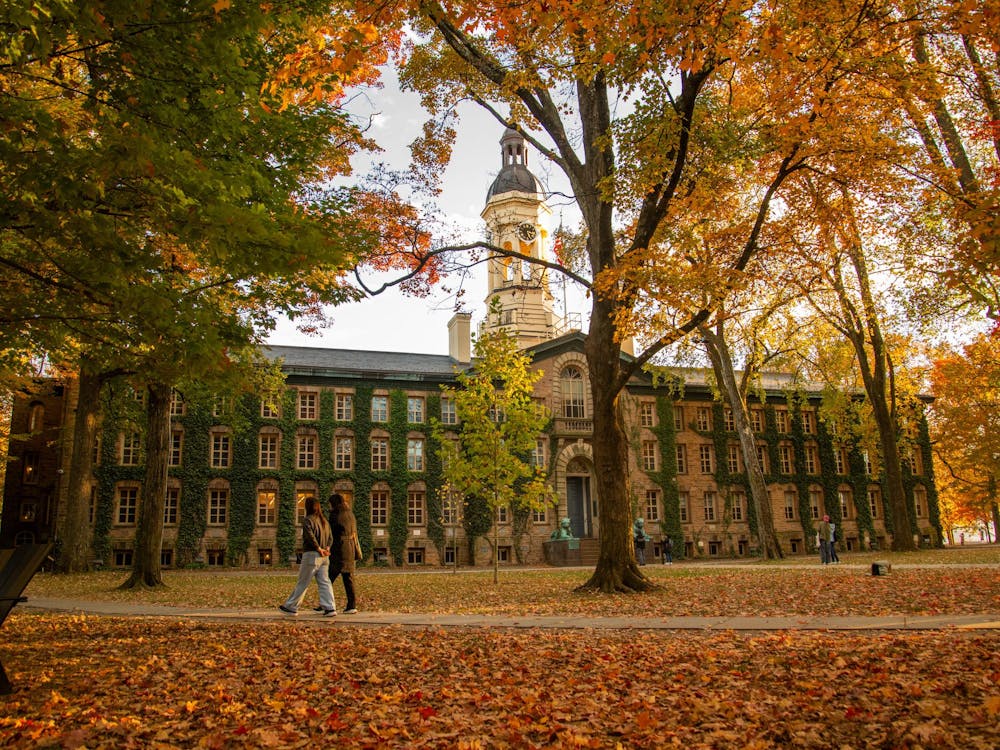At the same time, the administration began offering eating club financial aid and a split meal plan option. I hoped that these changes, along with the policy to steadily increase the student body to 5,200 students, would keep the number of students in clubs relatively stable.
Unfortunately, after analyzing sign-in club membership data, it appears that though roughly the same number of students join, they are more likely to drop their memberships later on. This higher attrition rate is a problem that should be addressed and monitored in the future.
I believe the administration will also see the potential of shrinking sign-in clubs as problematic. President Tilghman has indicated a preference for sign-in clubs, as shown in her desire to see Cannon reopen as a sign-in club. From my perspective, the administration views sign-in clubs as more egalitarian and diverse, and it recognizes that residential colleges are quite limited in their capacity to be the center of social life for all four classes.
A bright spot is that the number of people who want to be in eating clubs does not seem to have changed. Searching through old Daily Princetonian articles, I found the number of students signing-in in the first round or bickering has been between about 1,010 and 1,080 since 2006. The highest numbers have come in 2006 and this year, 2009, so there is no trend to the data. Overall, these numbers are phenomenally high: With class sizes around 1,200 students, it seems about 75 percent of students express interest in the clubs after accounting for the few upperclassmen bickering or signing-in.
But these data only show initial interest, not whether students actually stay in the clubs for the following five semesters. I decided to look at membership levels within sign-in clubs beginning with the class of 2006 as found in the yearbook Bric-a-Brac, excluding bicker clubs that are already exclusive and can get more new members with an expanded fall Bicker. For a few missing data points about current membership, I e-mailed the current yearbook staff and contacted club officers.
At about 375 students, the Class of 2010 is the smallest junior class in the sign-in clubs in this period. While it should be noted that the other years were not tremendously larger, at about 400 or 450 students, having the smallest number occur most recently is not promising. Additionally, the Class of 2009 showed the largest net losses from junior to senior year. The largest net decline among all eating clubs between junior and senior years in the classes of 2006, 2007 and 2008 was 37 (with an average of a loss of 25 students), but it appears as though about 60 students from the Class of 2009 who were in sign-in clubs as juniors are no longer in those clubs as seniors. Sophomores may also be trying out clubs briefly only to leave before their junior year; about 45 fewer students from the class of 2010 are currently in sign-in clubs than there were last year.
These data suggest that the prospect of joining a club still attracts sophomores initially, but then sign-in clubs must contend with more attrition. Now that upperclassmen can feel comfortable buying a dining hall contract and often have greater access to renovated dorms in the residential colleges, this finding is certainly plausible.
I view this trend as a problem. The Street is an ideal setup for drinking safely because other students are always present to help in case of an emergency, and the president of each club is liable if something goes wrong. More personally, the clubs allowed me to discover I really enjoy dancing (to hip-hop music, no less), and I do not believe other universities have environments so conducive to dancing. Additionally, having strong sign-in clubs helps diminish outside perceptions of Princeton as elitist.
I believe the administration is currently taking the right step to address this problem. The clubs next year will only need to pay $600 per student for a split meal plan, down from $1,000 this year. Such a change makes a split plan very enticing from the financial perspective of a club, and four clubs are expanding the availability of split plans, which will hopefully keep more students in clubs.
But if this attrition continues in the future, more dramatic policy changes — such as trying to reduce the cost differential between dining contracts and eating club membership — should be considered. Because I believe the administration supports the sign-in clubs, I think it will be willing to engage in the discussion.
James Coan is a Wilson School major from Kensington, Md. He can be reached at jcoan@princeton.edu.








